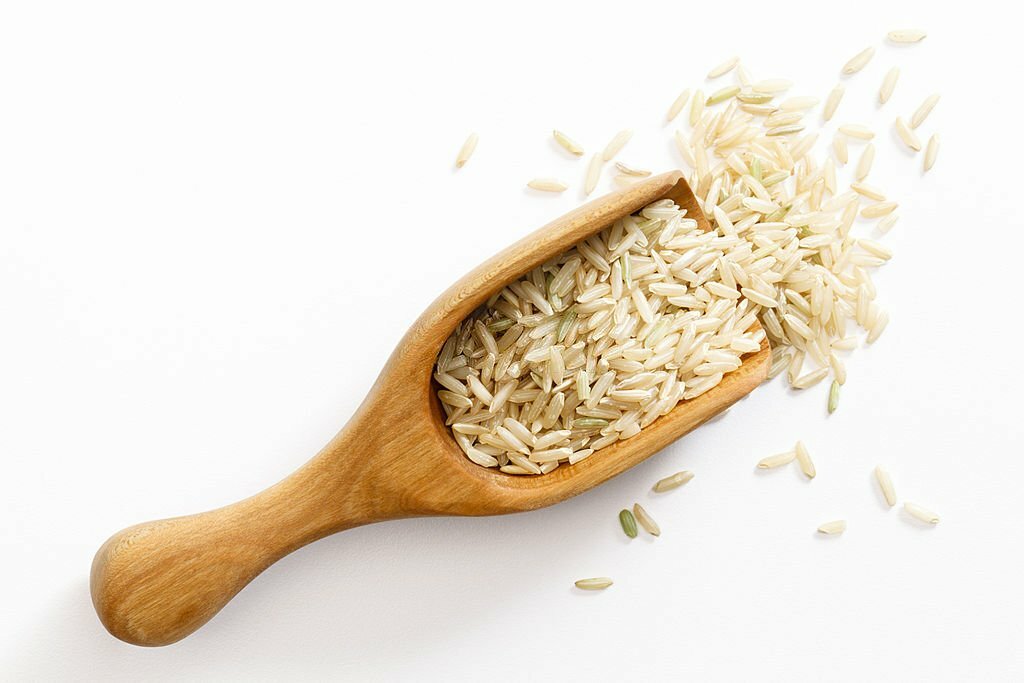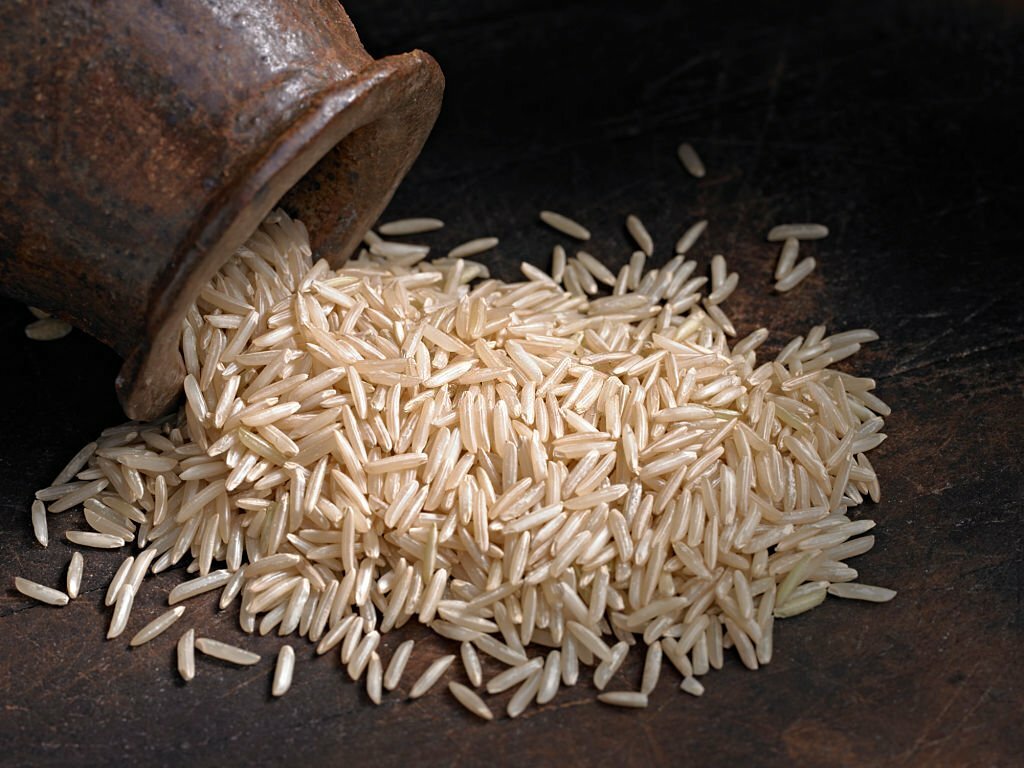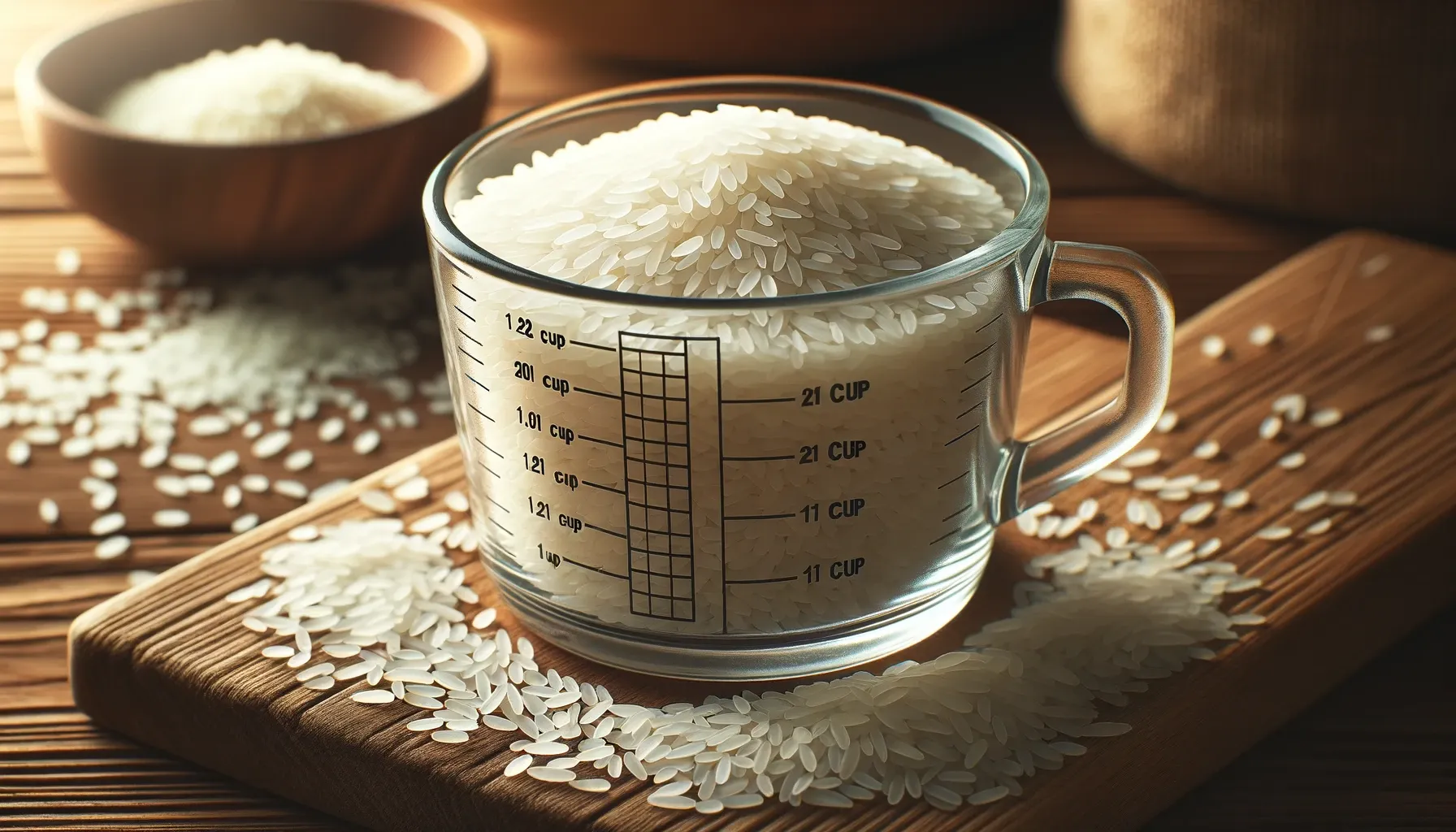Table of Contents
In this article we will discuess about How Many Grains of Rice Are in a Cup. Factors like grain size, variety, and cooking methods cause the grains per cup to range widely from 2,000 to 5,000. Learn details for basmati, jasmine, brown, white, wild rice and more.
Rice is a versatile and important food staple for nearly half of the world’s population. But when cooking rice at home, how much should you measure out? While rice is often measured by volume using units like cups, the number of individual grains in a cup can vary significantly depending on the type and quality of rice. Read on to learn just how many rice grains are in a standard US cup for different varieties.
What is Rice?
Types of Rice Grains
Rice is a cereal grain that comes in several varieties. Some of the most common types are:
- Long grain rice: This includes aromatic rice like basmati or jasmine. The grains are about 4-5 times longer than they are wide.
- Short grain rice: The grains are shorter and plumper. This category includes varieties like arborio rice popular for risotto.
- Medium grain rice: As the name suggests, medium grain rice falls in between long and short types. Examples are Japanese sushi rice.
- Brown rice: This is whole grain rice with the nutritious outer bran layer still intact. All rice starts out as brown rice before milling.
- Wild rice: Despite the name, wild rice is not actually rice but an aquatic grass. The long thin grains are different from true rice.
- White rice: The bran and germ layers have been milled off, leaving the starchy endosperm interior that cooks up light and fluffy.
How is Rice Measured?
Measuring by Volume vs Weight
When following a recipe, rice can be measured in two main ways:
- By volume, typically in cups, spoons, or liquid measures. This is the most common way rice is measured at home.
- By weight, usually in grams or ounces. Weighing rice is more accurate than measuring by volume.
The number of individual grains in a cup or other volume measure can vary considerably between rice types, as we’ll explore next.
How Many Grains of Rice Are in a Cup?
Here’s an estimate of how many entire rice grains are in one US standard cup (237 ml) for some common varieties:
Short Grain White Rice
About 3,000 – 3,500 grains per cup
The plump, almost round grains of short-grain rice fit fewer per cup. A type like sushi rice will be on the lower end of this range.
Long Grain White Rice
About 4,500 – 5,500 grains per cup
Long slender grains can pack more densely into a cup measure vs wider grains. Basmati and jasmine rice may have 5,000+ grains per cup.
Brown Rice
About 3,300 – 3,800 grains per cup
Brown rice grains are similar in size to regular white rice, though the bran layer adds a bit more volume so there are marginally fewer grains per cup. Read also Home Health Physical Therapy jobs.

Wild Rice
About 2,100 – 2,600 grains per cup
The extremely long, thin grains of wild rice means there are significantly fewer in a standard cup measure compared to true cultivated rice varieties.
Basmati Rice
About 5,000 – 5,500 grains per cup
Being one of the longest-grain packets of rice, lightweight basmati rice clocks in at the higher end for the number of grains per cup.
As you can see, the type of rice makes a big difference in how many cupped grains you get!

Factors Affecting Grains per Cup
Aside from the rice variety, a few other factors can influence the number of grains per cup:
Grain Size
The shorter and plumper the rice is, the fewer grains will fit in a cup measure. Long slender grains can pack in more.
Cooking Method
How the rice was cooked and processed before being measured affects its fluffiness. Rice swollen after cooking may measure fewer grains per cup.
Degree of Milling
The more bran layers removed by milling, the less volume the rice takes up. Heavily milled white rice may contain more grains per cup than brown or lightly milled rice.
Rice Nutrition Facts
Now that you know how many rice grains are in a typical cup serving, let’s look at the nutritional value of rice:
Carbohydrates
The main nutrient in rice is carbohydrates, accounting for about 80% of its calories. A 100g serving of cooked rice has about 28 grams of total carbohydrate, mostly starch.
Protein
Rice contains modest amounts of plant-based protein, with 4 grams per 100g serving.
Fiber
White rice has minimal fiber since the bran has been removed. Brown rice retains more at 2 grams per 100g serving.
Other Nutrients
Rice has small amounts of B vitamins like thiamine and folate, plus minerals like manganese, selenium, iron, and magnesium.
Cooking with Rice
To cook fluffy, nicely separated grains, keep these rice cooking basics in mind:
Rice-to-Water Ratios
Use a 1:1 ratio for long grains, 1:2 for medium grains, and 1:3 for short grains. Brown rice needs more water.
Cooking Methods
Boiling, steaming, microwaving, or using a rice cooker are all effective. Follow recipe guidelines.
Tips for Perfect Rice
Don’t stir too much during cooking. Fluff with a fork after done. Spread to cool faster. Cook a day ahead and refrigerate for fried rice.
Final Thought
When cooking rice, the number of grains in a standard cup measure can range widely from about 2,000 for wild rice up to over 5,000 for some long-grain white kinds of rice. The specific rice variety, grain dimensions, degree of milling, and cooking method all contribute to grains per cup. For the most accuracy, consider weighing rice by grams instead of relying on volumetric cups. With the right ratio of water and heat, perfectly fluffy rice with nicely separated grains can be achieved every time.
Common Questions
FAQ 1: Does rice expand in volume after cooking?
Yes, rice grains expand greatly during the absorption of water while cooking. For example, 1 cup of uncooked long-grain white rice may triple in volume and yield about 3 cups cooked.
FAQ 2: Is weighing rice more accurate than measuring by volume?
Yes, the weight of rice in grams or ounces is more precise than volumetric cups. Volume measures can vary based on grain size, shape, and degree of milling. Weighing the raw rice eliminates this guesswork.
FAQ 3: How does brown rice compare to white in grains per cup?
Brown and white rice have similar numbers of grains per cup since grain size is comparable. However, brown rice weighs more per cup due to the extra bran layers. More grains by weight fit into a cup of white rice vs brown.
FAQ 4: Does wild rice have fewer grains than white rice?
Definitely. The extremely long, slender grains of wild rice means there can be 30-40% fewer grains in a measured cup compared to short, medium, or long-grain white rice.
FAQ 5: What kind of rice has the most grains per cup?
Generally, long-grain white rice like basmati and jasmine are the lightest and fit the most grains into a cup measure vs wider or heavier rice varieties.



